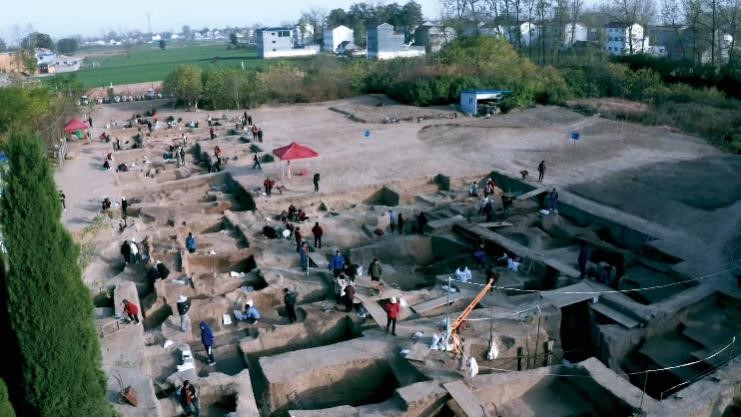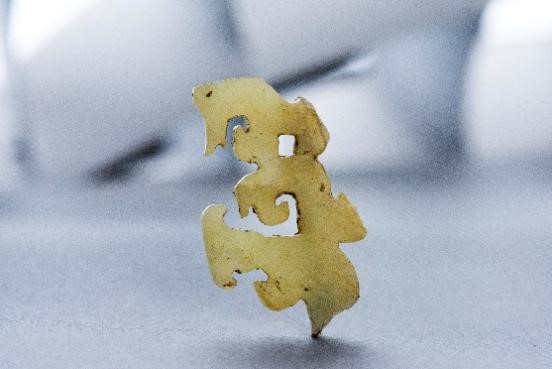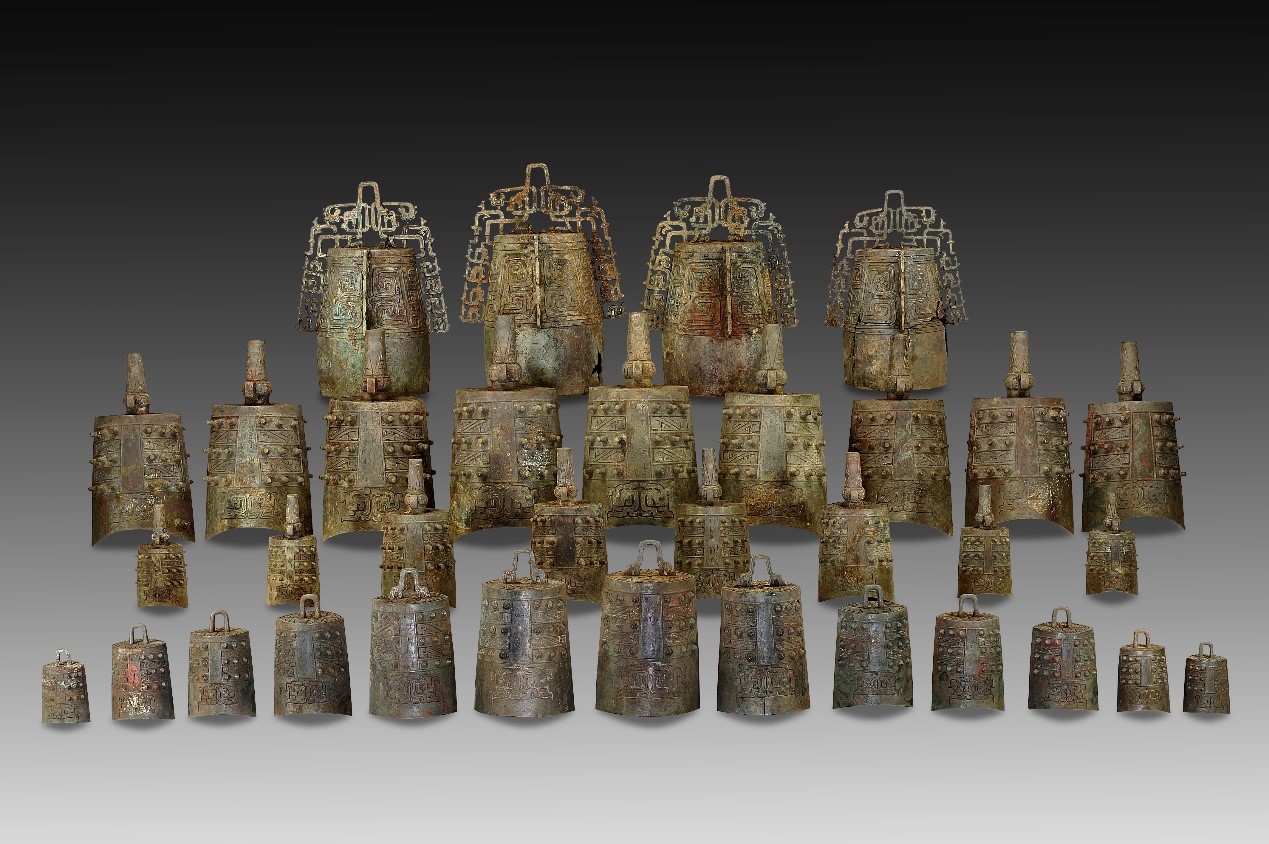Peking University, May 13, 2020: On May 5, top 10 archaeological discoveries in 2019 was announced. The discoveries of Pingliangtai site in Henan province and Zaoshulin nobles’ tomb in Hubei province were among them, standing out from more than 1000 projects. The two projects are carried out by the PKU School of Archaeology and Museology (SAM) in cooperation with Henan Provincial Institute of Cultural Heritage and Archaeology (HPICHA) and Hubei Provincial Institute of Cultural Relics and Archaeology (HPICRA). Since 1990, faculty and students from Peking University have been involved in over 34 major archaeological discoveries, ranking the first among universities in China.
Pingliangtai site in Huaiyang, Henan province
Located in the southwest of Dazhuzhuang village in Huaiyang district, Zhoukou, Henan province, the Pingliangtai ruins were discovered by HPICHA in 1980. As one of the earliest confirmed neolithic sites in China, it sparked a heated discussion among Chinese archaeologists over the origin of early cities and civilization. Approved by the National Cultural Heritage Administration, SAM cooperated with HPICHA to form a joint archaeological team from 2014 to 2019 and carried out systematic work of exploration, investigation and excavation of the site.
For 6 years, more than 80 people from SAM have been engaged in the archaeological fieldwork in Pingliangtai for investigation and excavation. A base for teaching and field study was set up by PKU and HPICHA, which in turn offers an impetus to large-scale continuous excavation and the application of the digital management of the historical site.
The Pingliangtai ancient city, which can date back to about 4200 to 3800 years from now, is of great significance to the study of urban design in ancient times. The site is square in shape and symmetrical in layout. As a regional center of the Longshan Culture, it is also believed to have the earliest and most complete drainage system and the oldest double-wheel ruts in China. Multiple cultural relics including jade wares and pottery also proved the geographical advantages and cultural characteristics of Longshan Culture.
Excavation site of the Pingliangtai Ruins
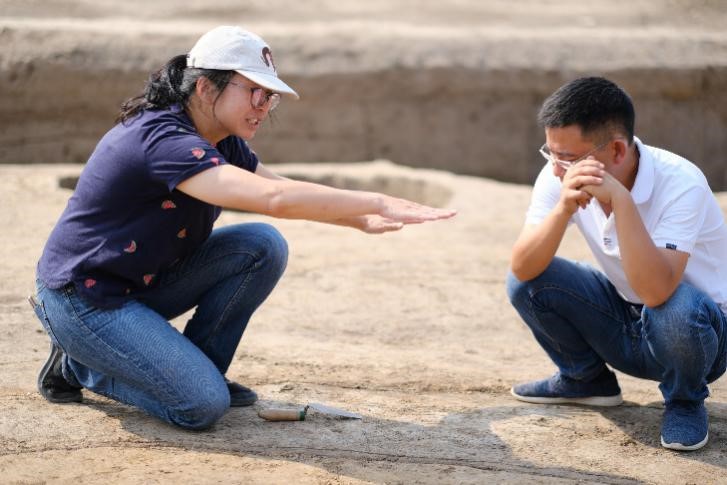
SAM Associate Professor Qin Ling offers guidance of excavation at the Pingliangtai site
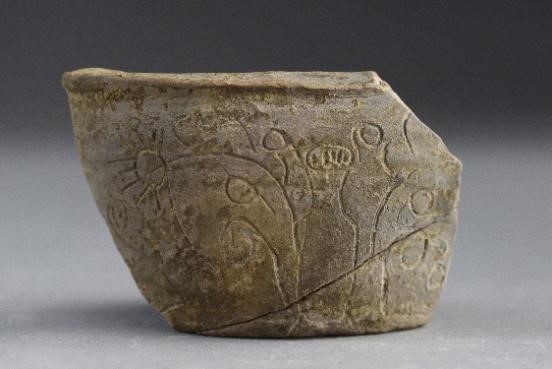
Unearthed relics from the Pinglingtai site
Zaoshulin nobles’ tomb site, Suizhou, Hubei province
Zaoshulin nobles’ tomb site was co-excavated by HPICRA, SAM, Suizhou Museum, and the archaeological team of Zengdu district. Dating back to the Spring and Autumn Period (770 B.C.-476 B.C.), more than 50 graves and three horse pits that belonged to the nobility of the Zeng State were excavated with a clear layout and a complete set of burial objects, which would offer more clues to unveiling the history of the Zeng State.
Regarding this project, SAM has established close cooperation with HPICRA since 2012 in the fields of investigation, excavation, detection, and preservation of cultural relics. Meanwhile, the cooperation also extends to the undergraduate education reform and makes great progress in the improvement of teaching, research, and talent cultivation. Moreover, the joint research team has won many awards and achievements, including two of the top 10 archaeological discoveries in China, two major projects of National Social Science Funds, and one key project.
M190 Chimes
For more than 60 years, SAM adheres to the principle of combining theory and practice in fieldwork and blazing a trail by hard work. From generations to generations, SAM has integrated scientific research with moral cultivation in work and life, forming the “PKU model” that pioneers in Chinese archaeology.
Written by: Guo Xinyu
Edited by: Wei Yunqi
Source: PKU News (Chinese)
